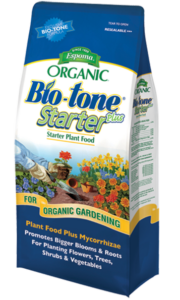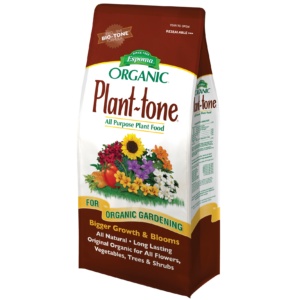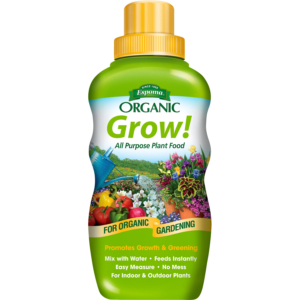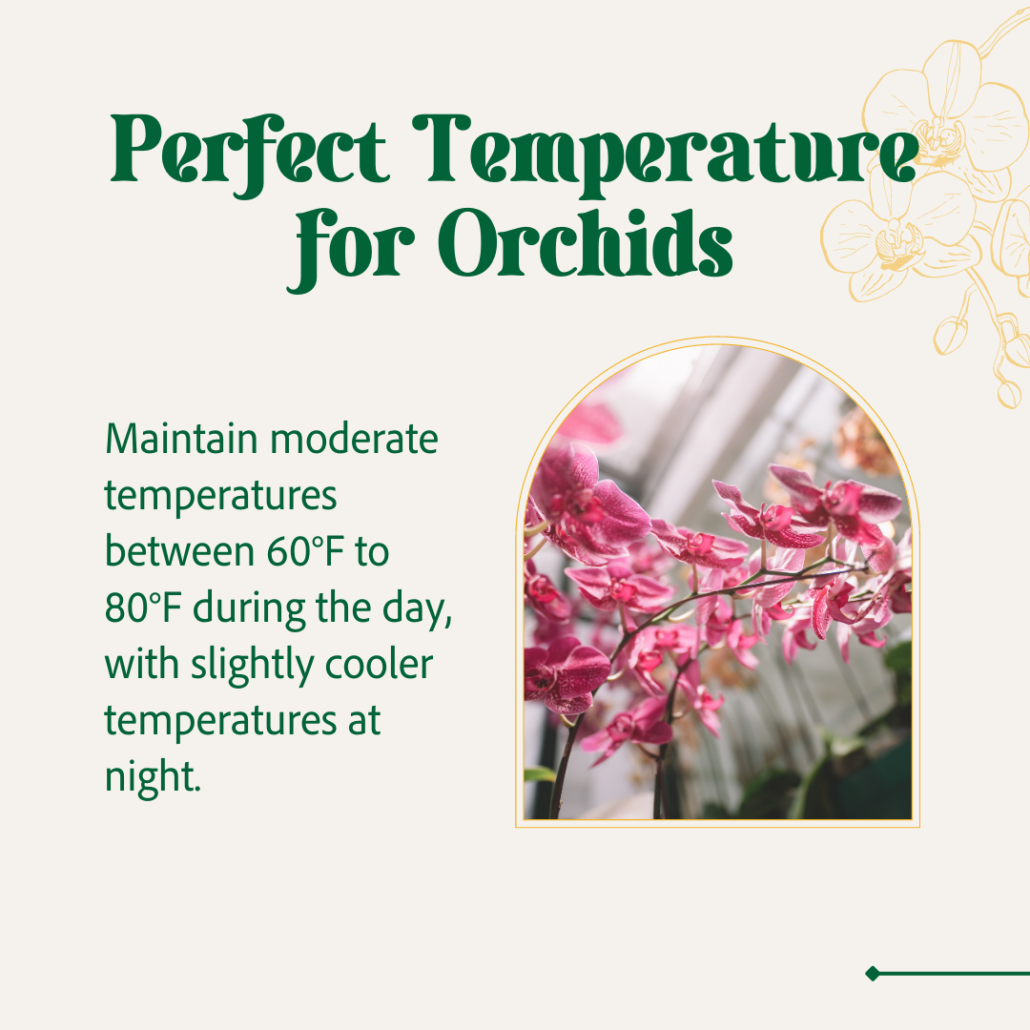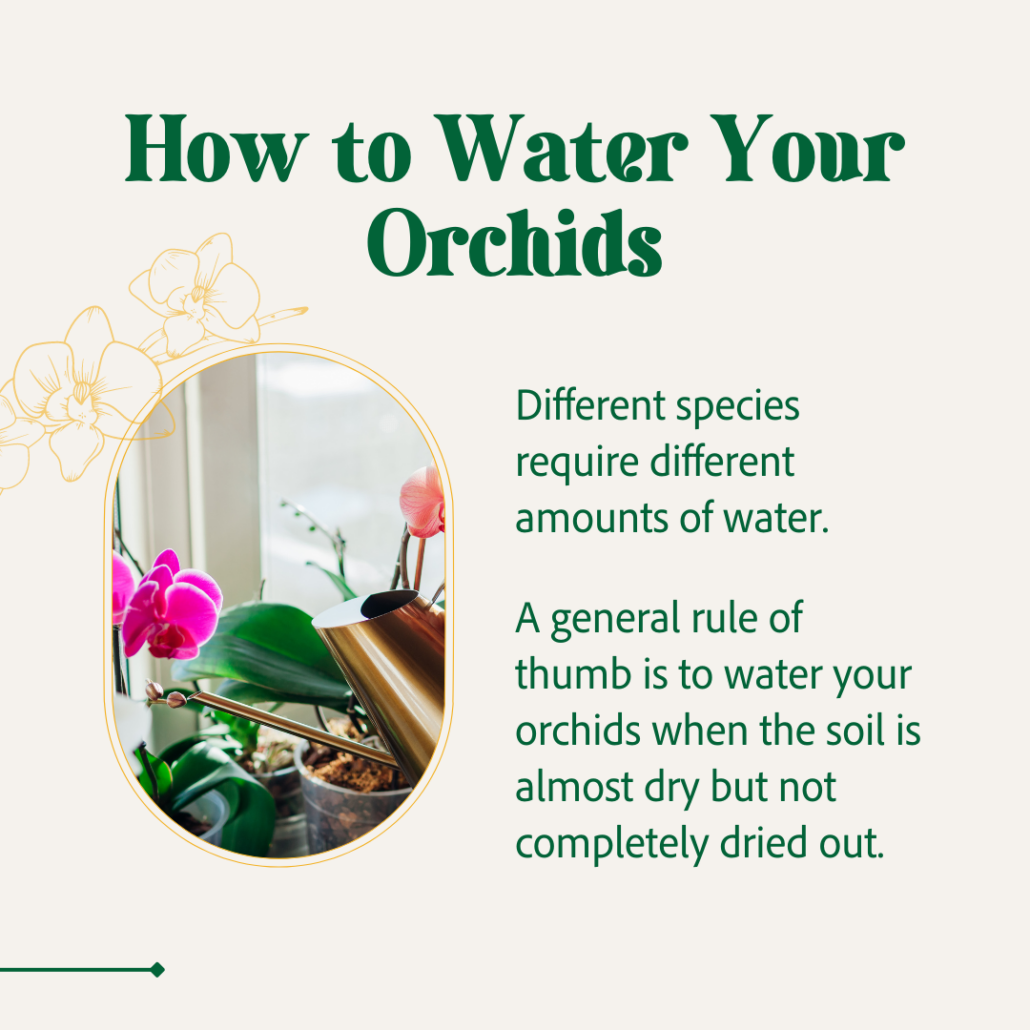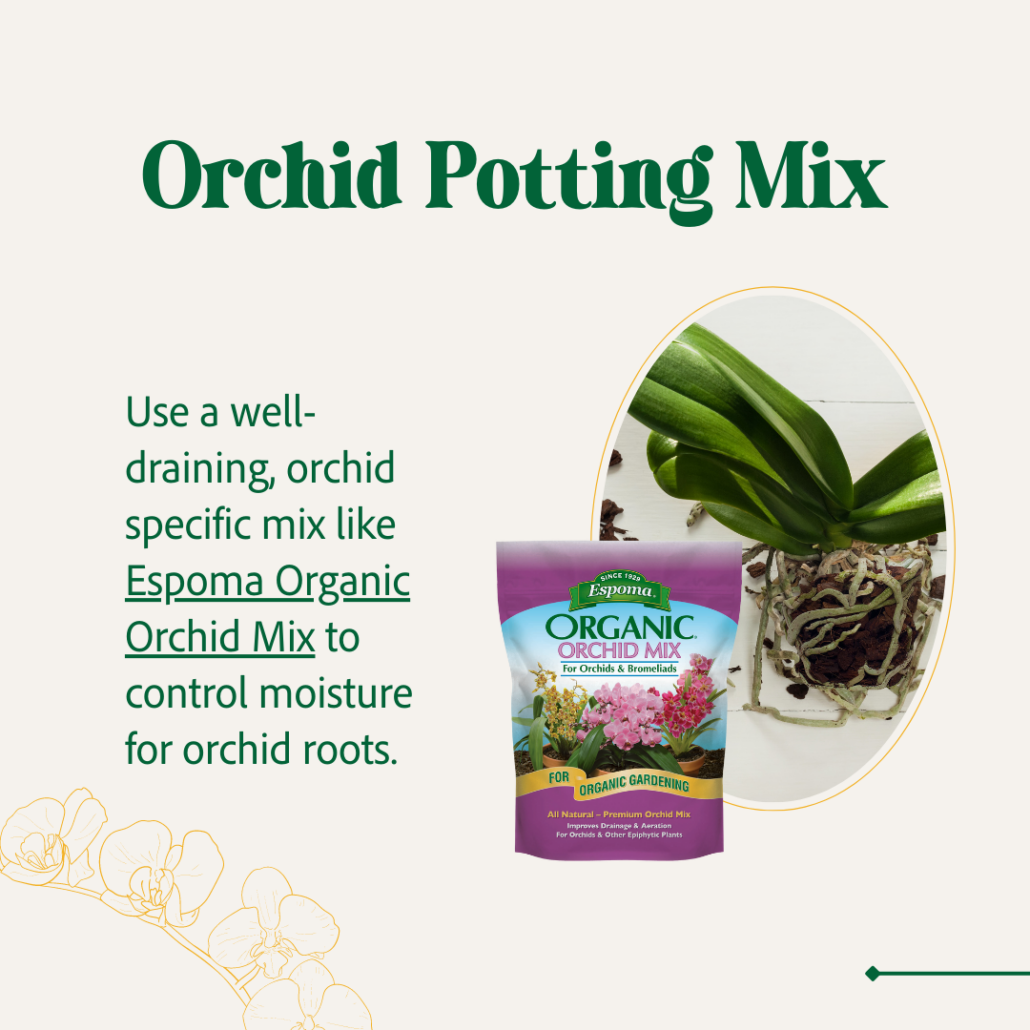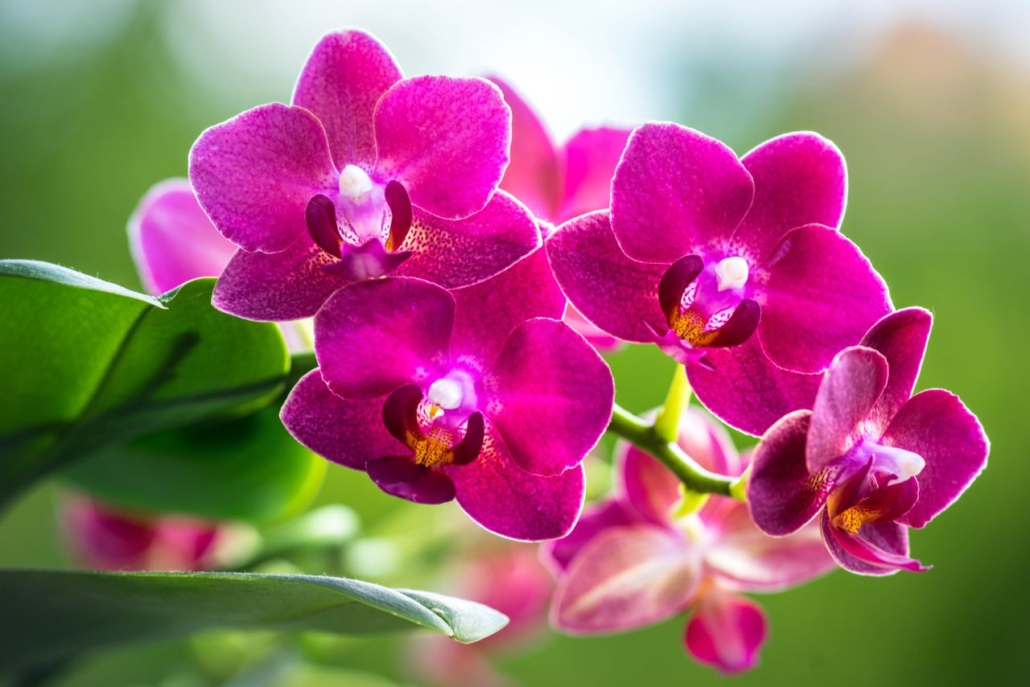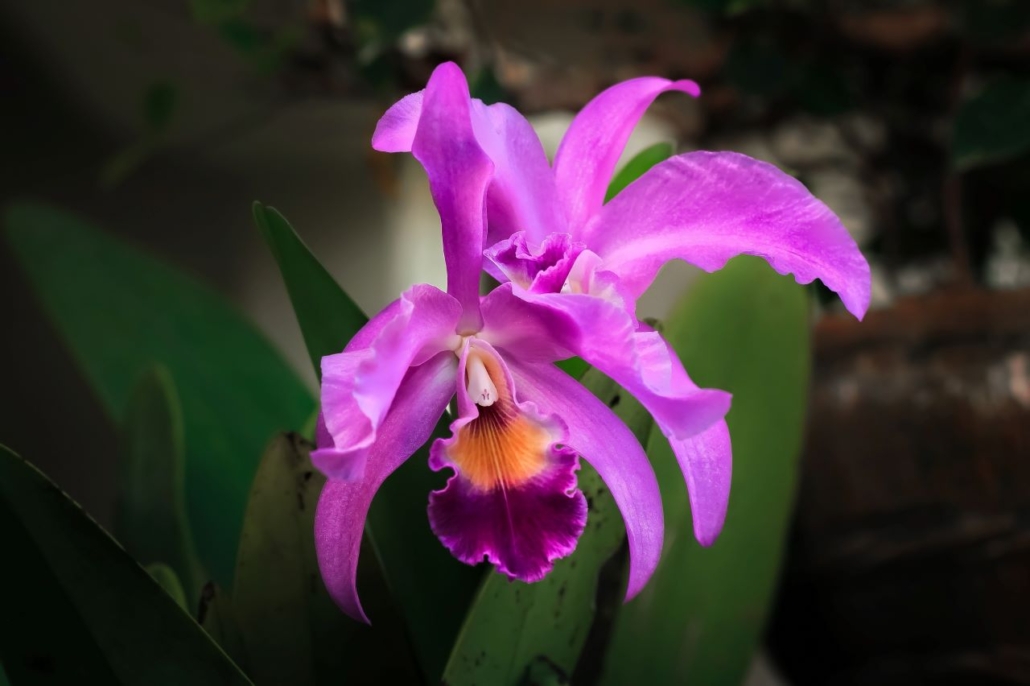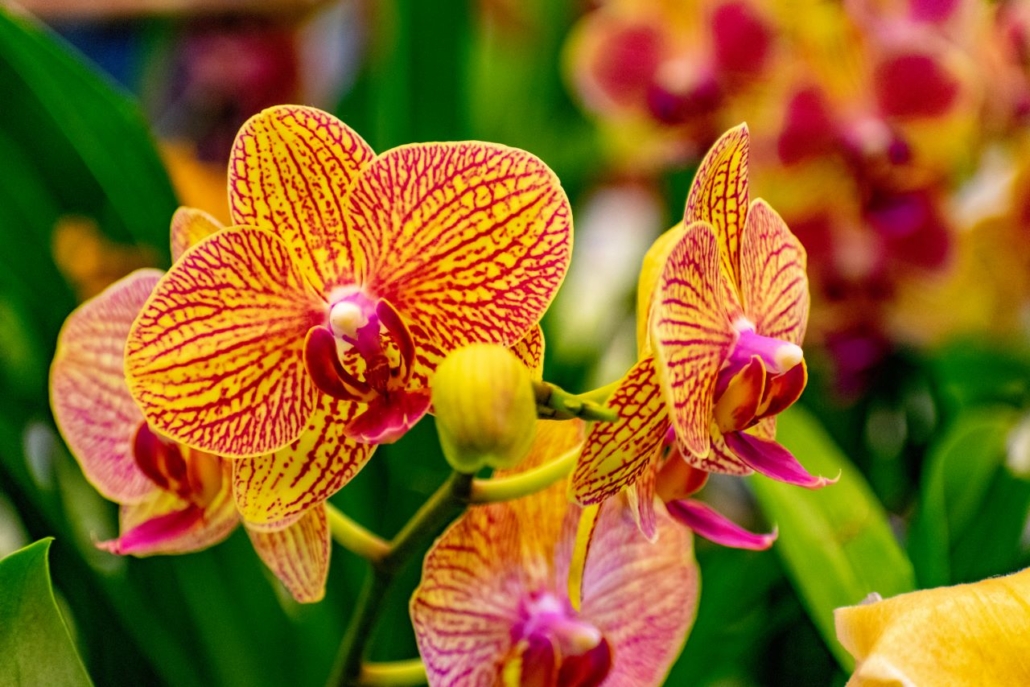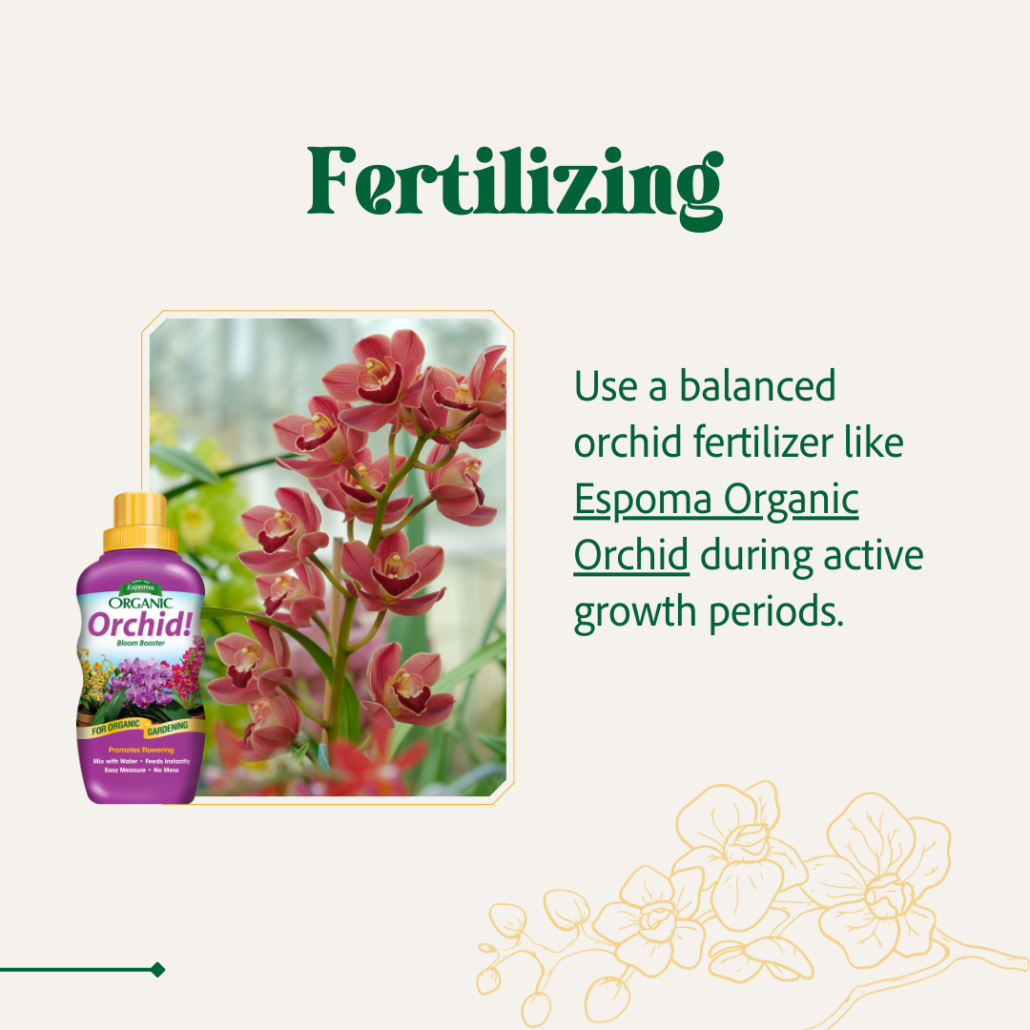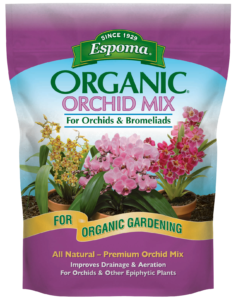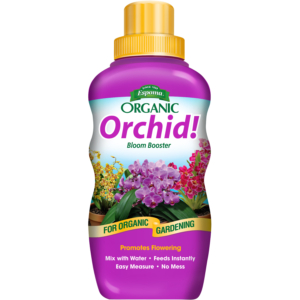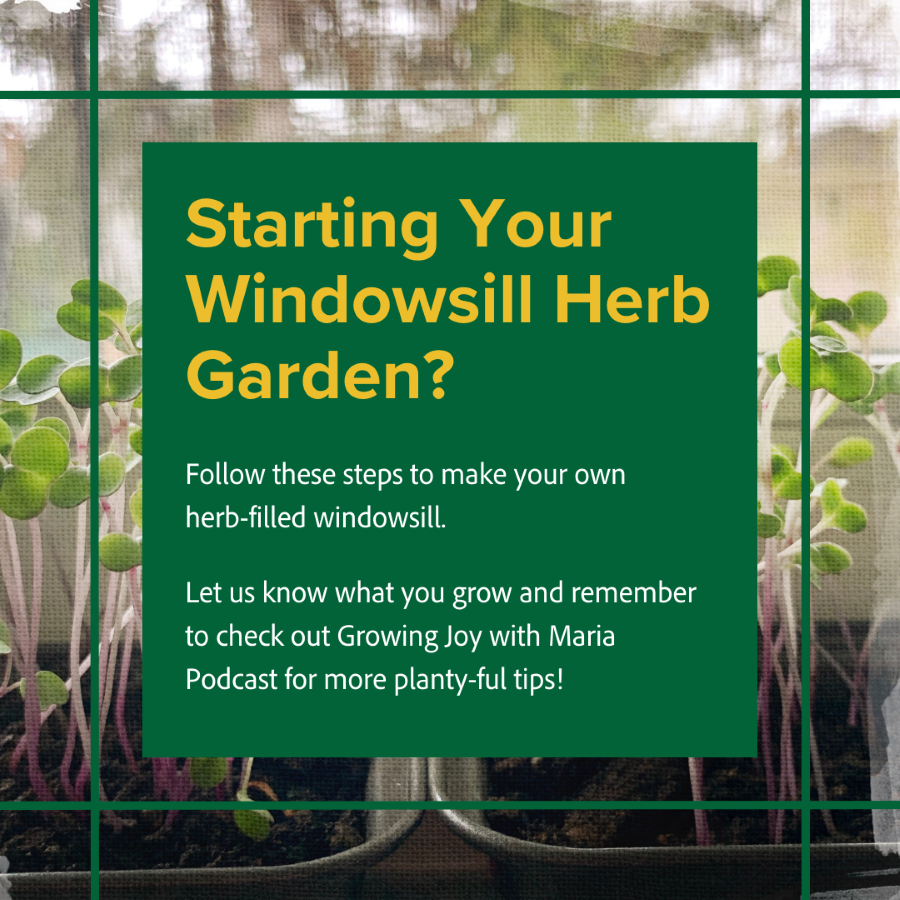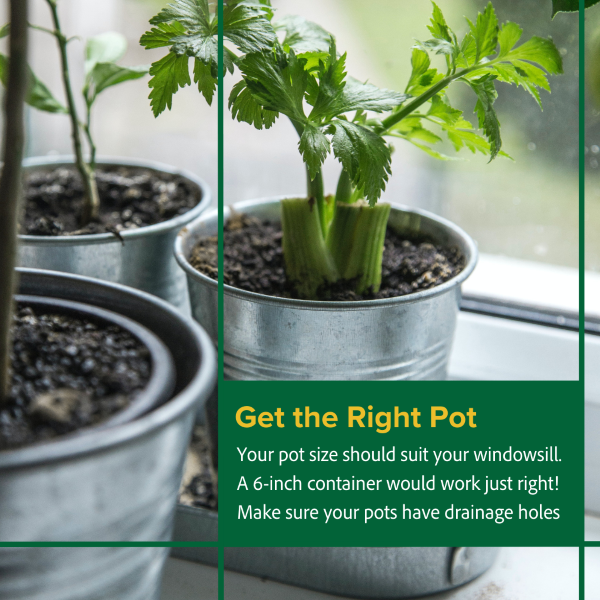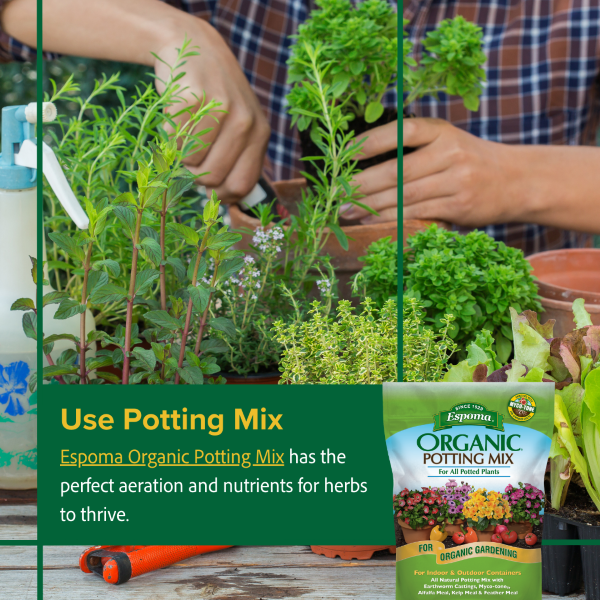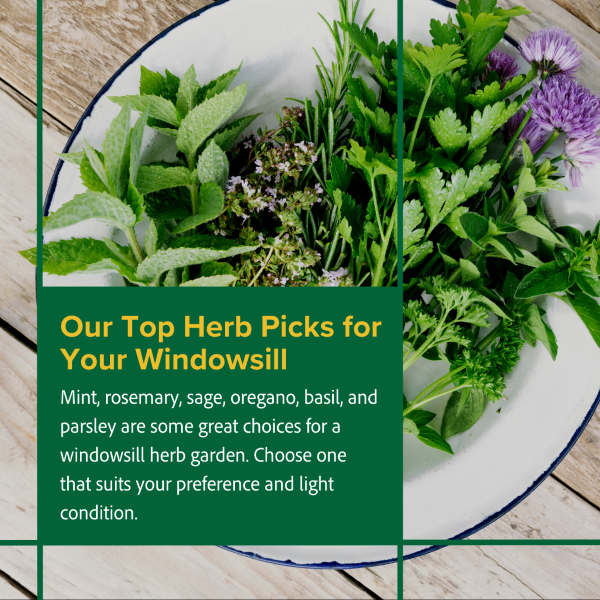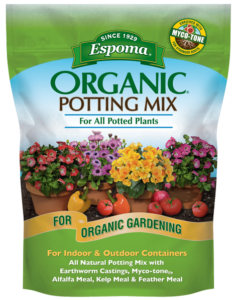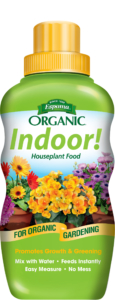Planting Coleus With Garden Answer!?☀️?
Check out Laura @GardenAnswer‘s latest grand planting project!
Watch Laura plant multiple varieties of Coleus plants, infusing her landscape with deep vibrant colors. Laura shares her top planting tips when laying out and caring for multiple varieties.
To ensure the success of her new Coleus plants, Laura relies on the assistance of Espoma Organic Bio-tone Starter Plus. Bio-tone provides the ideal nutrients needed for her plants to flourish in their new environment.
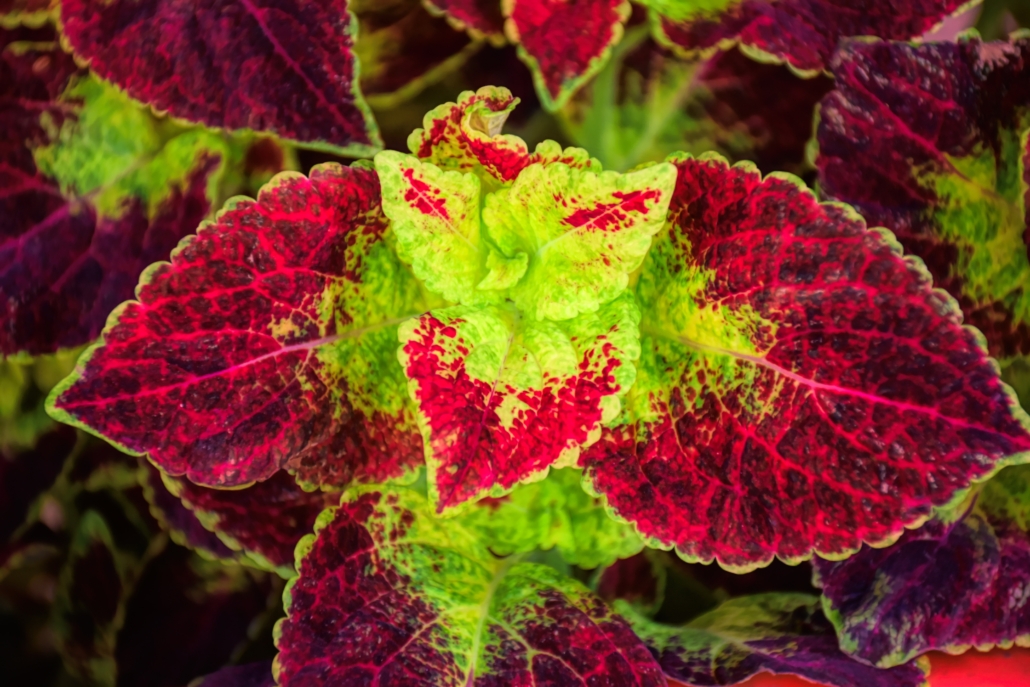
Coleus, known for its vibrant and colorful foliage, is a delightful and easy-to-care-for plant that can bring a splash of color to your outdoor containers or garden beds.
Here’s a brief guide to help you nurture your Coleus and keep it thriving:
- Planting:
- Location: Choose a sheltered spot that protects the plant from strong winds, as Coleus stems are delicate and can break easily.
- Soil: Ensure well-draining soil to prevent waterlogging and promote healthy root growth.
- Initial Watering: Water the plant thoroughly after planting.
- Growing:
- Watering: Avoid overwatering, as Coleus is susceptible to rot. Water only when the top inch of soil becomes dry.
- Pruning: Regularly pinch back growing shoots on young plants to encourage bushier growth and more vibrant foliage.
- Fertilizing: In mid-summer, apply a liquid fertilizer like Espoma Organic Grow! to containers and Espoma Organic Plant-tone to garden beds to provide essential nutrients for healthy growth.
- Trimming Flower Spikes: In late summer, cut off any flower spikes that appear. This helps extend the plant’s lifespan and encourages the growth of new colorful leaves.
- Variety Consideration:
- Coleus comes in various leaf colors, including green, yellow, pink, red, purple, and maroon. Be sure to check with your garden nursery on the specific variety you have, as some modern types can tolerate sun, while others prefer shade.
With minimal effort and attention to these care tips, you can enjoy the beauty of your Coleus plant as it enhances your outdoor space with its vibrant hues and attractive foliage. Happy gardening!
*****
Learn more about Garden Answer here:
https://www.youtube.com/c/gardenanswer
https://www.facebook.com/gardenanswer
https://www.instagram.com/gardenanswer/
Featured Products:

